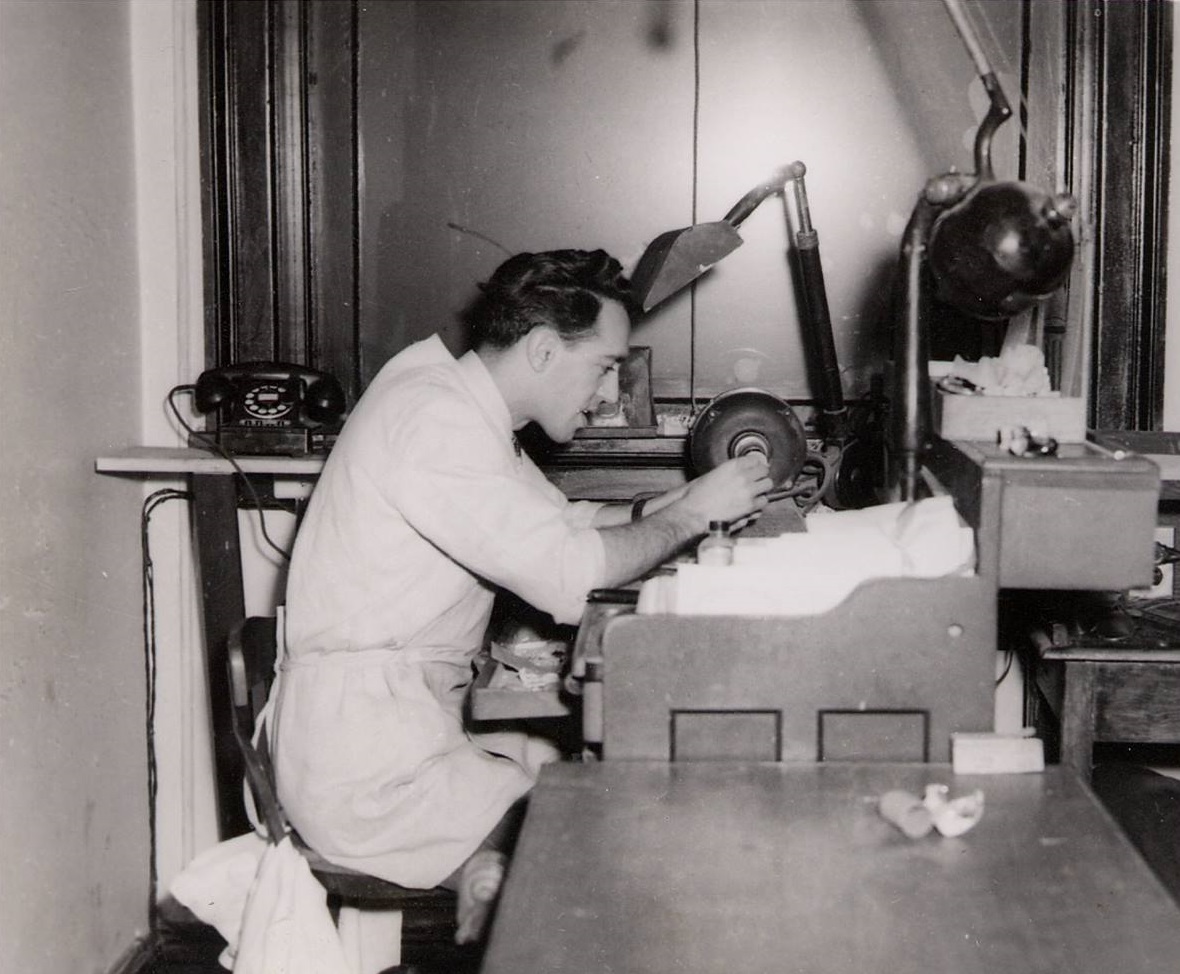Valplast attributes
The Valplast denture is an alternative to the traditional metal-framed or acrylic dentures. In addition, it is excellent for bridge cases, and even for replacing a single tooth, if the patient does not want to grind down their healthy remaining teeth. The base of the Valplast is the thermoplastic Amiloplast nylon material, which is supplemented with plant-based coloring. The Valplast denture provides a light, comfortable and aesthetic wear for the patients.
Unbreakable
Its unbreakable so allows the technician for thinning the denture and reducing the baseplate. This makes it possible to create the denture even when there is limited space between antagonist teeth and the area to be replaced (gums).
.jpg)
Flexible
The flexible base plate ensures that the denture fits well against the soft tissues and remaining natural teeth, utilizing their retention for proper support. Valplast replacements can be easily crafted even in cases with axial differences in teeth.
.jpg)
Transparent
Due to its transparency, the material provides excellent aesthetic effects for the replacements. It is secured with clasps which matching the color of the denture base, making it nearly imperceptible.
.jpg)
Hypoallergenic
This material is biocompatible. It contains neither metal nor acrilyc monomer, making it safe to use even in cases of metal and acrylic sensitivity. The coloring material is plant-based.
.jpg)
Valplast history
The Valplast material was invented by the Hungarian-born brothers F. Nagy Árpád and F. Nagy Tibor, who began marketing it in America in 1953. Since then, it has become available and accessible in almost every part of the world.
